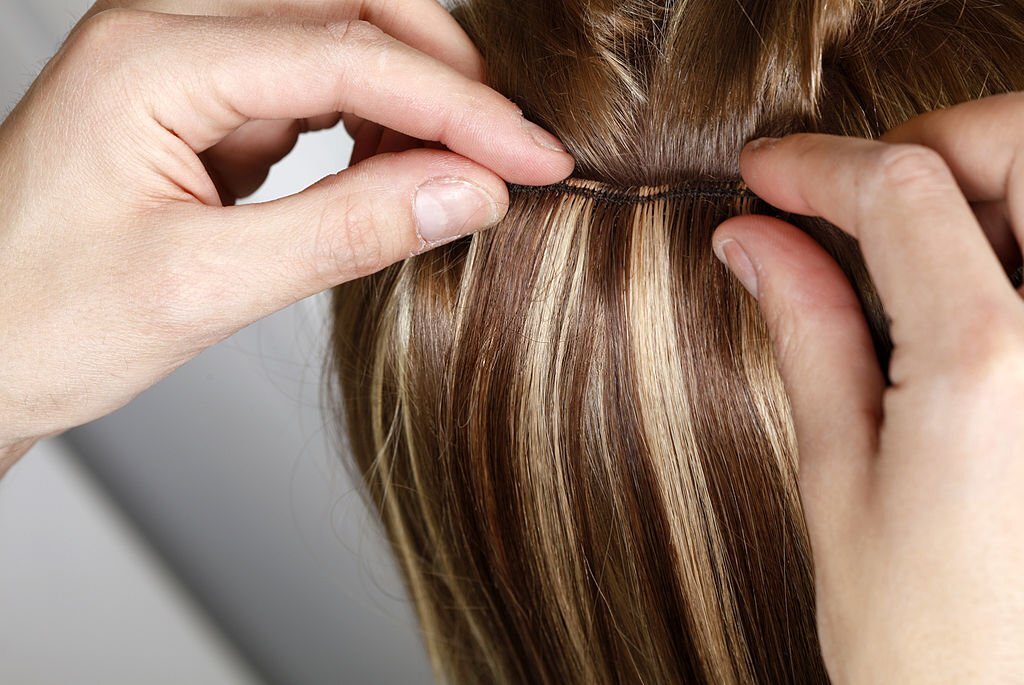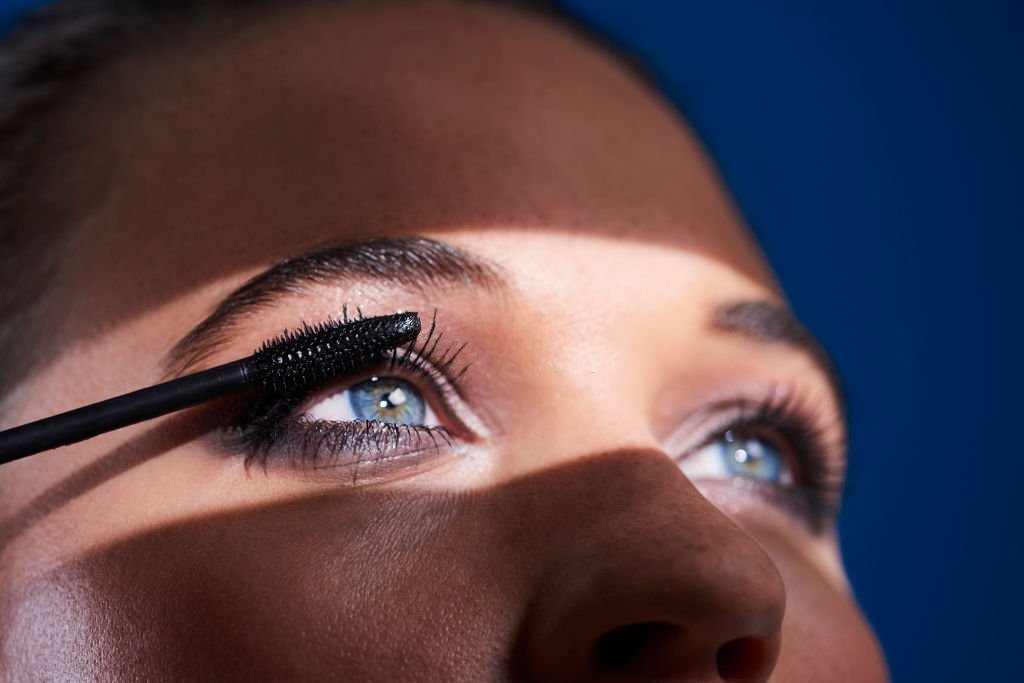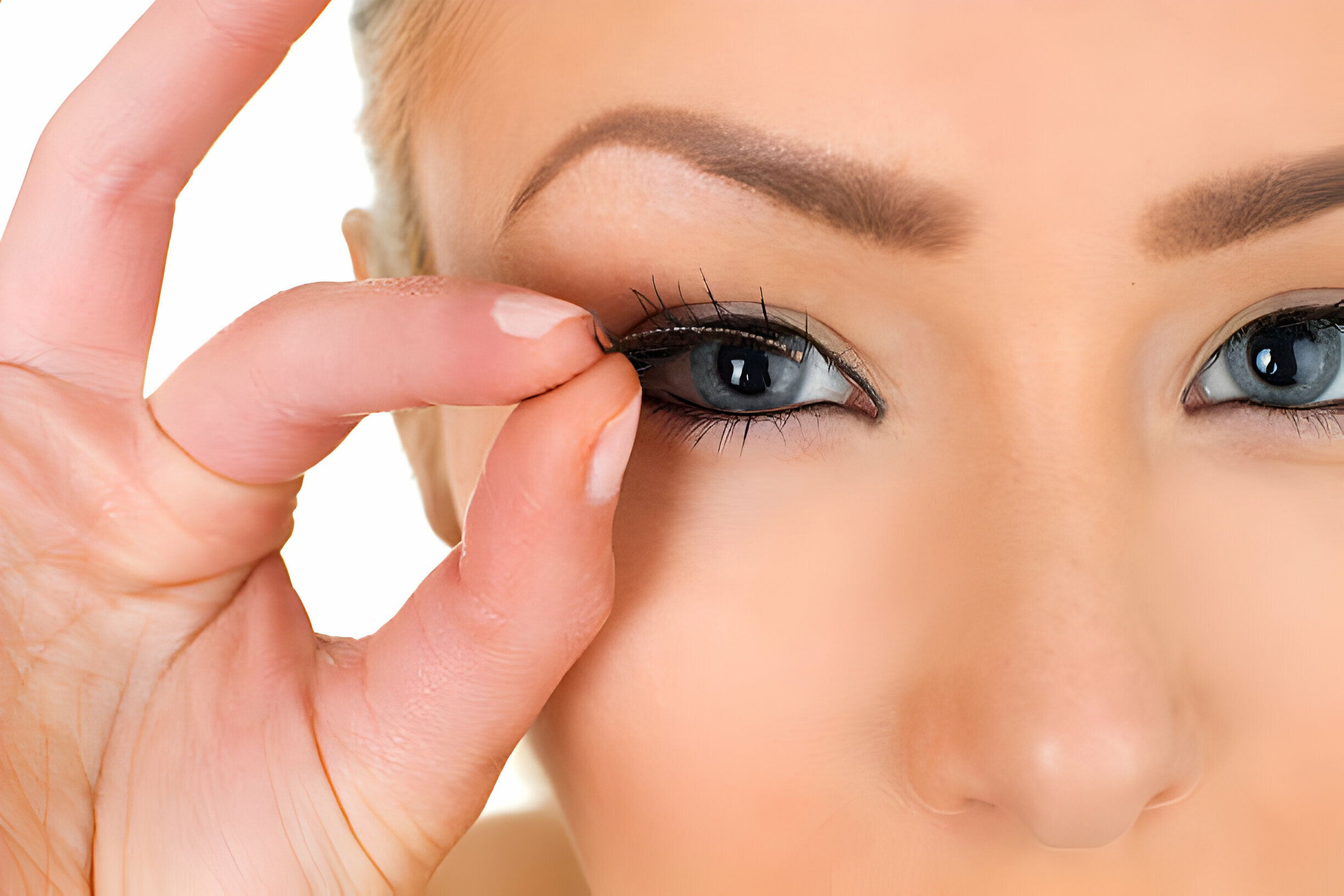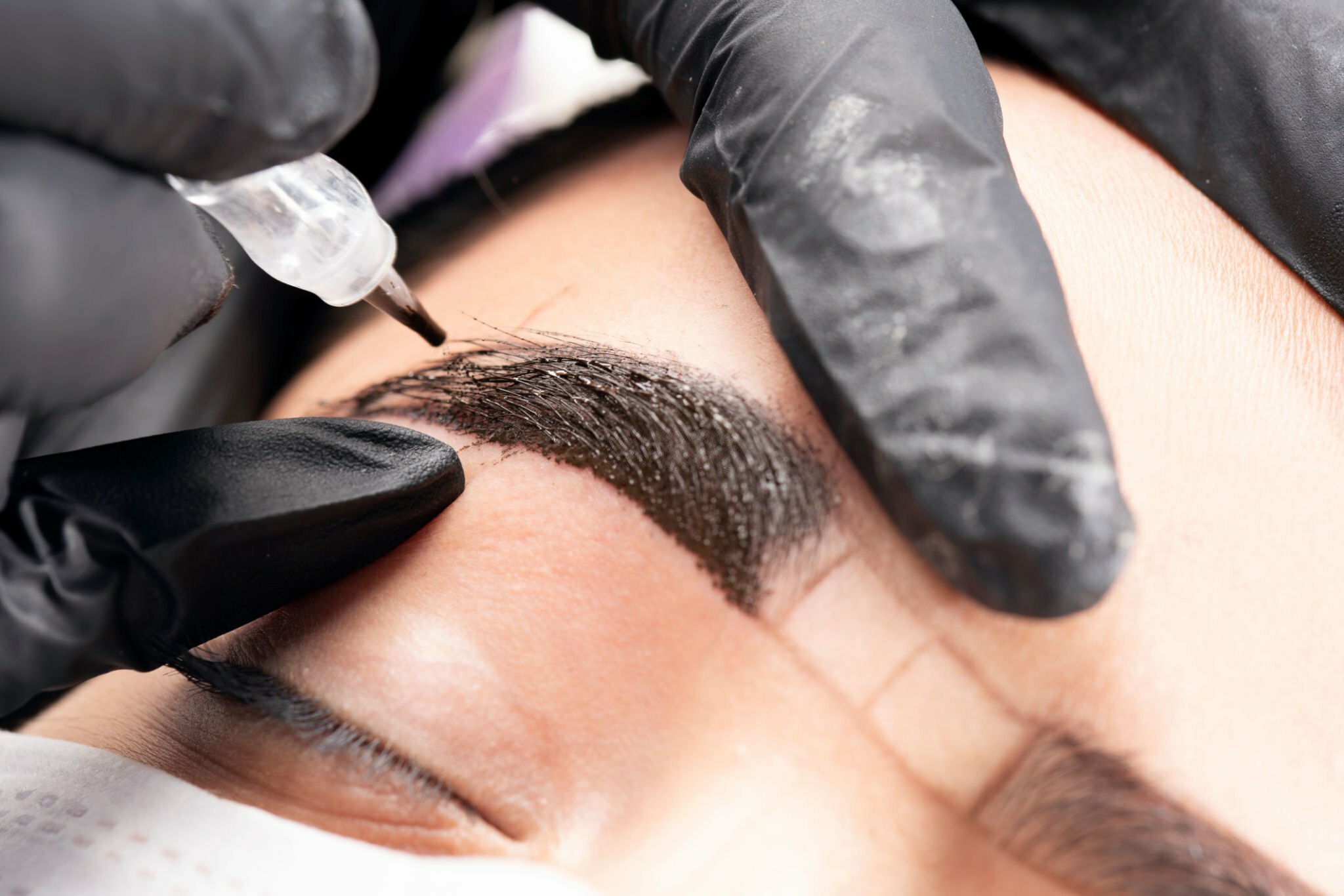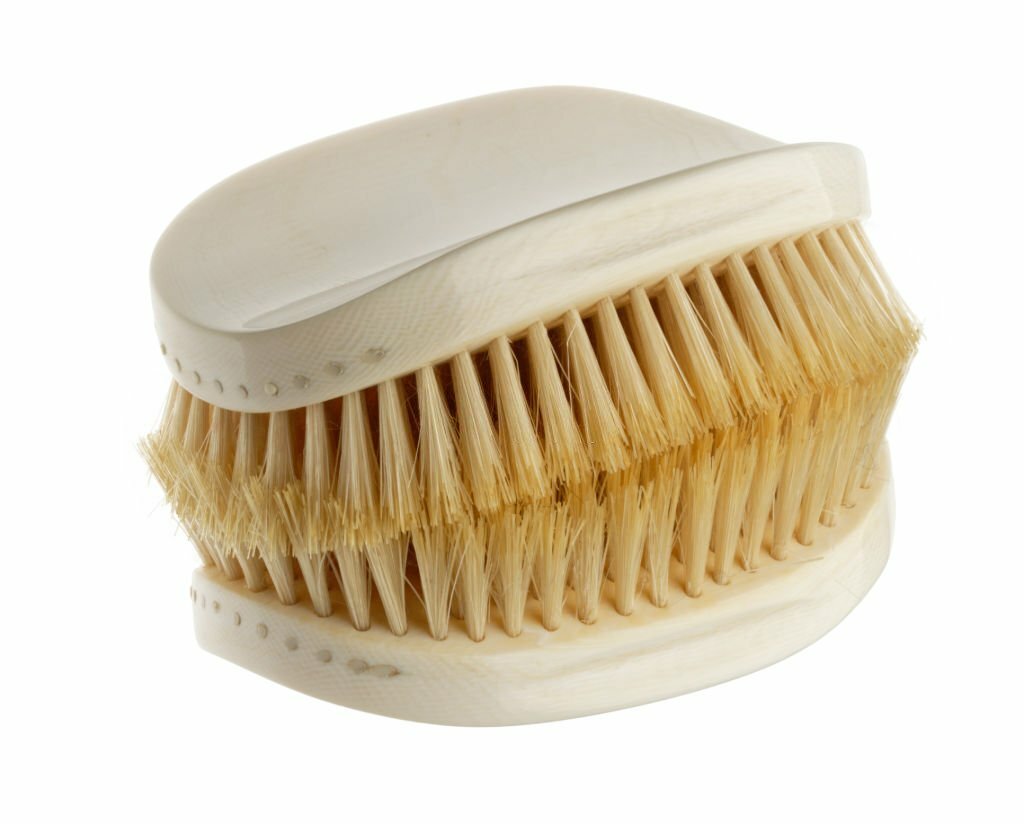How Much Are Hair Extensions?
Hair extensions have gained popularity in the beauty industry, allowing individuals to enhance their hairstyles with added length, volume, and versatility. Understanding the cost of hair extensions and the factors that influence their pricing is crucial for making informed decisions. The article “How much are hair extensions” explores various hair extensions, including clip-in, tape-in, sew-in, and fusion, and how their quality, length, thickness, installation method, and maintenance affect their price. By understanding these factors, individuals can better budget for hair extensions and choose the most suitable option for their needs and preferences. Individuals can make informed decisions about their hair extension investment by understanding the cost factors.
Understanding Hair Extensions
Understanding hair extensions is essential for anyone who wants to change their hairstyle or add volume and length to their natural hair. Hair extensions are strands of human or synthetic hair attached to the scalp or the existing hair using various methods such as clips, glue, tape, micro rings, or sew-in. Hair extensions come in different colors, textures, lengths, and qualities, and they can be styled just like natural hair.
However, hair extensions also require special care and maintenance to keep them looking good and healthy. Some of the benefits of hair extensions are that they can enhance one’s appearance, boost one’s confidence, and allow one to experiment with different looks. Some drawbacks of hair extensions are that they can be expensive, damage one’s natural hair, cause scalp irritation or infection and require regular upkeep. By understanding the different types of hair extensions available, you can make an informed decision when choosing the right option for your desired look.
Clip-In Hair Extensions
Clip-in hair extensions are temporary, easy to attach, and remove extensions made from wefts of hair with small clips. They provide instant length and volume, making them versatile for occasional or temporary transformations. Ideal for occasional or temporary hairstyles.
Tape-In Hair Extensions
Tape-in hair extensions are a popular choice for semi-permanent hair extensions due to their durability, flexibility, and ease of styling. These extensions attach thin hair wefts to natural sections, creating a seamless, natural look. They are known for their flat, flat appearance against the scalp.
Sew-In Hair Extensions
Sew-in extensions, or weaves or braided extensions, create a base by tightly braiding natural hair and sewing wefts onto the braids. This installation method requires professional assistance and is time-consuming. Sew-in extensions offer long-lasting results and a natural appearance and are preferred for extended wear and versatile styling options.
Fusion Hair Extensions
Fusion hair extensions use keratin-based adhesive to attach individual strands to natural hair, creating a secure attachment using heat or ultrasonic waves. This method offers a natural look and feel that can be styled like natural hair and requires professional installation for long-term extensions.
Familiarize yourself with different hair extensions to choose the one that best suits your lifestyle, desired outcome, and budget. Consider factors like the installation process, durability, and overall look before deciding. Explore the cost factors to understand the investment required for your desired transformation.
Factors Affecting The Cost Of Hair Extensions
Hair extension costs vary significantly based on critical factors. Understanding these factors helps make informed decisions about hair extensions.
Quality Of Hair
The quality of hair used in extensions significantly impacts their cost. They can be made from synthetic fibers or human hair. Remy hair preserves cuticles and aligns them naturally, while virgin hair has never undergone chemical processing. Higher-quality human hair extensions are generally more expensive due to their authenticity and longevity.
Length And Thickness
The length and thickness of hair extensions affect their cost. Longer extensions require more hair material, leading to higher prices. Thicker extensions require more hair for added volume, making them more expensive than shorter or thinner options.
Installation Method
The cost of hair extensions depends on the installation method chosen, as it requires different materials and labor. Clip-in extensions are more affordable than professional methods like tape-in, sew-in, or fusion extensions, which require a stylist’s expertise and specific tools.
Salon Or DIY Application
Consider using a professional salon application or a DIY approach for extensions. Salon services offer expertise, precision, and additional costs, while DIY extensions can save on salon fees but may require investing in tools and accessories. Salon services include stylist expertise, application techniques, and adjustments.
Maintenance And Upkeep
Hair extensions require regular maintenance and upkeep to ensure they remain in good condition and last longer. This includes routine brushing, washing, and occasional salon visits for adjustments or reinstallation. Maintenance products, such as specialized shampoos, conditioners, and brushes, should be factored into the overall cost of hair extensions.
How Much Are Hair Extensions?

Hair extensions are a popular way to add length, volume, and color to your natural hair. However, the cost of hair extensions can vary depending on several factors, such as the type, quality, and application method. Here is a brief overview of the average cost ranges of hair extensions.
- Clip-in hair extensions are the cheapest and easiest to apply. They are temporary extensions you can clip on and off whenever you want. They usually cost between $100 and $500, depending on the hair’s length, weight, and quality. Clip-in extensions are made of human or synthetic hair and come in different colors and styles.
- Tape-in hair extensions are semi-permanent extensions attached to your natural hair with a thin strip of adhesive tape. They last 6 to 8 weeks and require regular maintenance appointments to reapply. They usually cost between $200 and $1,000, depending on the salon, stylist, and hair quality. Tape-in extensions are usually made of human hair and can be colored and styled with heat.
- Micro ring or micro bead hair extensions are semi-permanent extensions with small metal rings or beads attached to your natural hair. They last for about 3 to 4 months and require regular maintenance appointments to tighten them. They usually cost between $200 and $900, depending on the salon, stylist, and hair quality. Micro ring extensions are usually made of human hair and can be colored and styled with heat.
- Sew-in or weave hair extensions are permanent extensions sewn into your natural hair with a needle and thread. They last about 2 to 3 months and require regular maintenance appointments to check for damage or breakage. They usually cost between $275 and $500, depending on the salon, stylist, and hair quality. Sew-in extensions are usually made of human or synthetic hair and come in different textures and patterns.
- Keratin or fusion hair extensions are the most expensive and longest-lasting extensions. They are attached to your natural hair with a keratin bond activated by heat or ultrasound. They last for about 4 to 6 months and require minimal maintenance. They usually cost between $600 and $3,000, depending on the salon, stylist, quality, and hair length. Keratin extensions are made of 100% virgin human hair, the highest quality of hair available.
Additional Costs To Consider
Budgeting for hair extensions requires considering additional expenses beyond the initial purchase and installation, which can impact the overall investment. These costs include:
Removal Or Reinstallation Fees
Semi-permanent extensions like tape-in, sew-in, or fusion may have removal or reinstallation costs, which vary depending on the salon or stylist. These fees should be factored into your budget if you plan to maintain the extensions for an extended period.
Hair Extension Accessories
Invest in specialized accessories like shampoos, conditioners, heat protectants, and brushes for extensions to ensure longevity and quality, but also add to the overall cost. These products ensure the extensions’ longevity and quality.
Touch-Up Appointments
Touch-up appointments are essential for maintaining a natural appearance of extensions by adjusting, repositioning, or replacing individual strands or wefts. The frequency and cost of these appointments depend on the type of extensions and hair growth rate.
Potential Replacements
Hair extensions may require replacement over time due to wear and tear or style changes. The lifespan of extensions varies based on hair quality, care routine, and styling practices. Budgeting for future replacements is crucial to maintain desired looks.
Tips for Choosing the Right Hair Extensions
Selecting the right hair extensions can enhance your natural beauty and offer versatile styling options, with essential tips to guide you through the process.
- Determine Your Hair Type and Texture: Understand your natural hair type and texture. Consider factors such as curl pattern, thickness, and color. This knowledge will help you select extensions that seamlessly blend with your hair, creating a harmonious and natural look.
- Select the Right Hair Extension Type: Hair extensions come in various types, including clip-ins, tape-ins, sew-ins, and fusions. Each type has its own application method and maintenance requirements. Choose a type that aligns with your lifestyle, comfort level, and desired look. For example, clip-ins offer versatility for occasional use, while sew-ins provide a more long-term solution.
- Choose the Correct Hair Extension Material: Hair extensions can be made from synthetic or natural human hair. Natural hair extensions look more authentic, blend seamlessly, and allow for styling with heated tools. Synthetic extensions are more budget-friendly but may not mimic the look and feel of real hair as effectively.
- Consider Hair Extension Length and Color: Determine the length you desire for your extensions. Choosing a length that complements your face shape and personal style is crucial. Additionally, match the color of the extensions to your natural hair color or the color you intend to dye your hair. This ensures a flawless integration and a natural appearance.
- Evaluate Quality and Origin: Quality is paramount when selecting hair extensions. Check the source and origin of the hair to ensure it is ethically sourced and of high quality. Remy hair, which maintains the cuticle layer and aligns the hair in a natural direction, is considered premium quality and provides a more natural look.
- Understand Maintenance Requirements: Different types of hair extensions require varying maintenance levels. Consider your willingness to commit to maintenance routines, such as regular washing, styling, and removal/reapplication intervals. Be realistic about the time and effort you can invest in caring for your extensions.
- Seek Professional Advice: If you’re unsure about the best hair extensions, consult a professional stylist. They can assess your hair, recommend suitable options, and guide maintenance and styling techniques.
FAQs
How Much Are Halo Hair Extensions?
Halo hair extensions cost $100- $400, depending on quality and brand, with slight variations based on length, thickness, and customization options.
How Long Do Hair Extensions Last?
Hair extensions’ lifespan depends on factors like type, quality, care routine, and maintenance. Proper care and maintenance can last from a few months to over a year.
Can You Shower With Hair Extensions?
Yes, you can shower with hair extensions. Still, it is important to follow proper care instructions from your stylist and use gentle, sulfate-free shampoos to avoid damaging the extensions.
How Many Packs Of Hair Extensions Do I Need For A Full Head?
The number of hair extensions needed for a full head depends on factors such as the desired thickness, length, and type of extensions, but typically 2 to 4 packs are required.
Can I Sleep With Extensions In?
Yes, you can sleep with hair extensions, but it is recommended to tie your hair in a loose braid or bun to prevent tangling and use a satin or silk pillowcase to minimize friction.
Conclusion
Hair extensions are a versatile and transformative hairstyle enhancement option. However, determining the cost and making informed decisions is crucial. Factors like type, quality, installation method, maintenance, and additional expenses contribute to the overall investment. To navigate the world of hair extensions confidently, set a realistic budget, prioritize quality, consult professionals, and consider long-term costs. Proper maintenance and care maximize the lifespan and value of extensions, allowing you to enjoy your new hairstyle for an extended period.
Jillian Ruffo
As a Beauty Care and Wellness Writer, of liveandfeel I focus on the holistic concept of wellness, encompassing mental, physical, and emotional health. I create engaging content that informs and empowers readers to prioritize self-care. My content celebrates diverse definitions of beauty and encourages self-love. I explore natural ingredients, cutting-edge beauty technologies, and mindfulness practices, fostering a sense of well-rounded well-being. My goal is to inspire readers to prioritize self-care and discover the latest trends in beauty.

